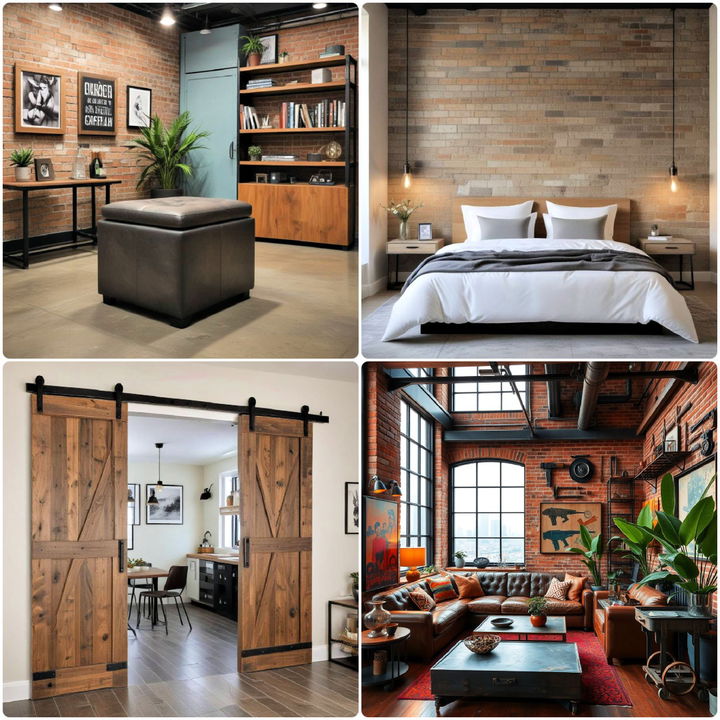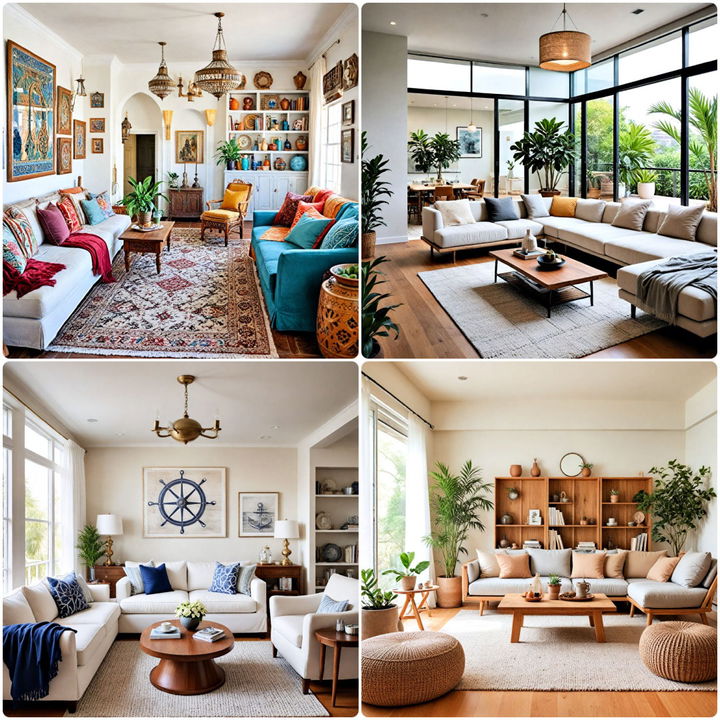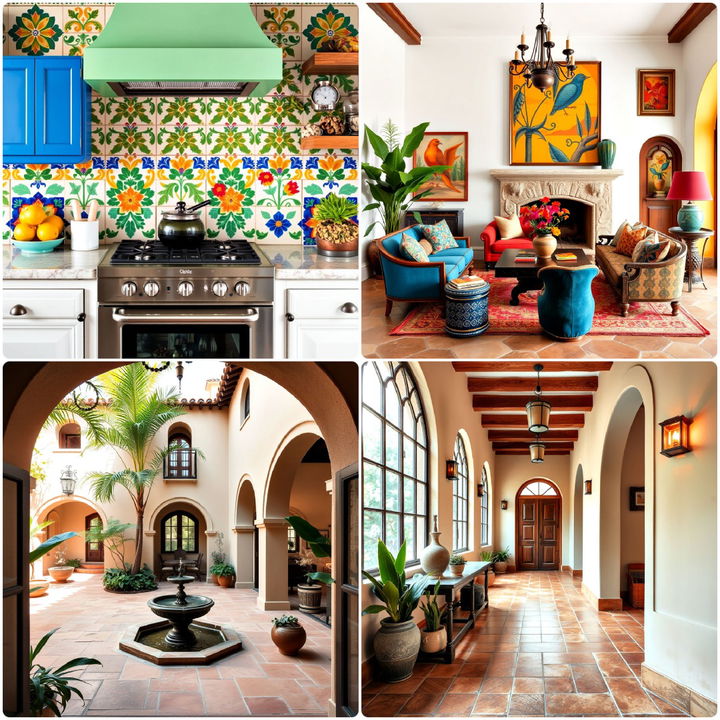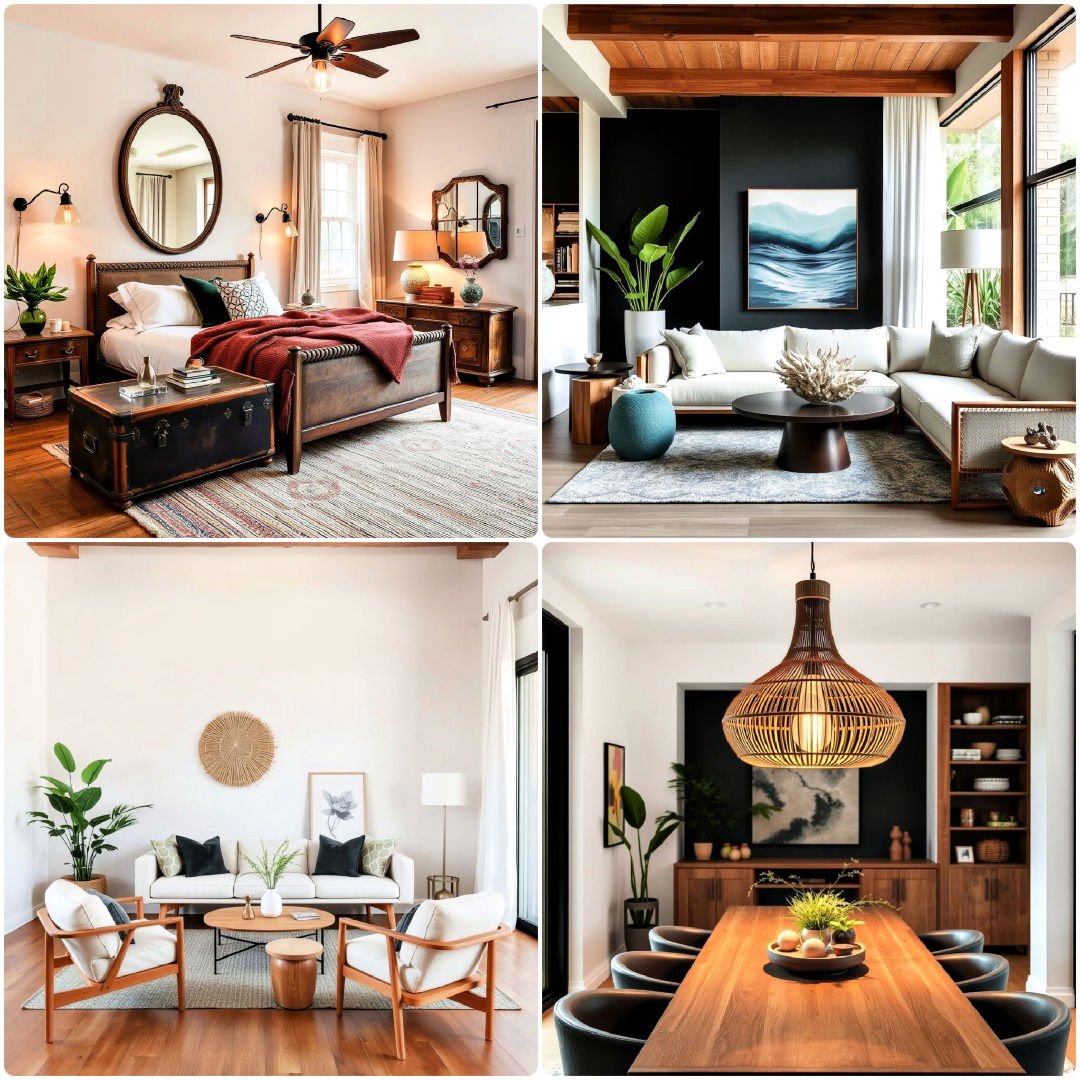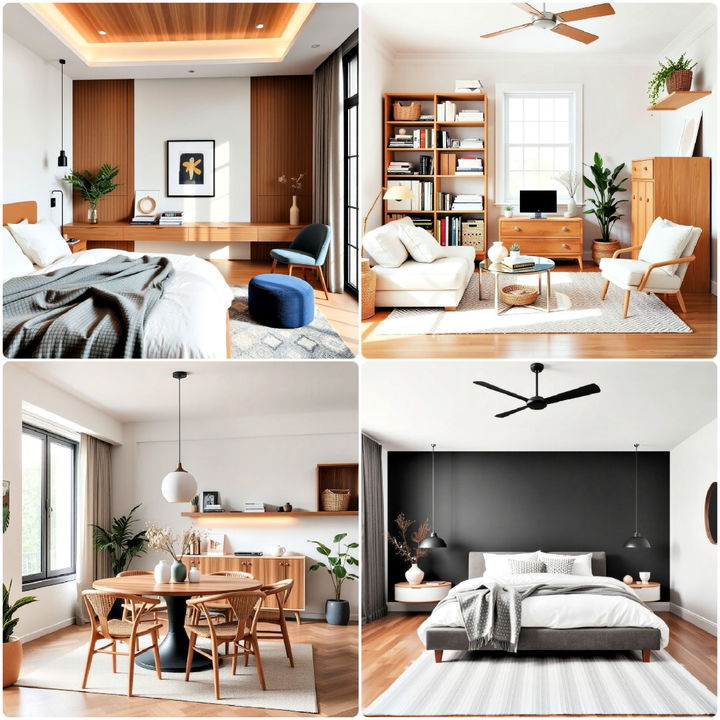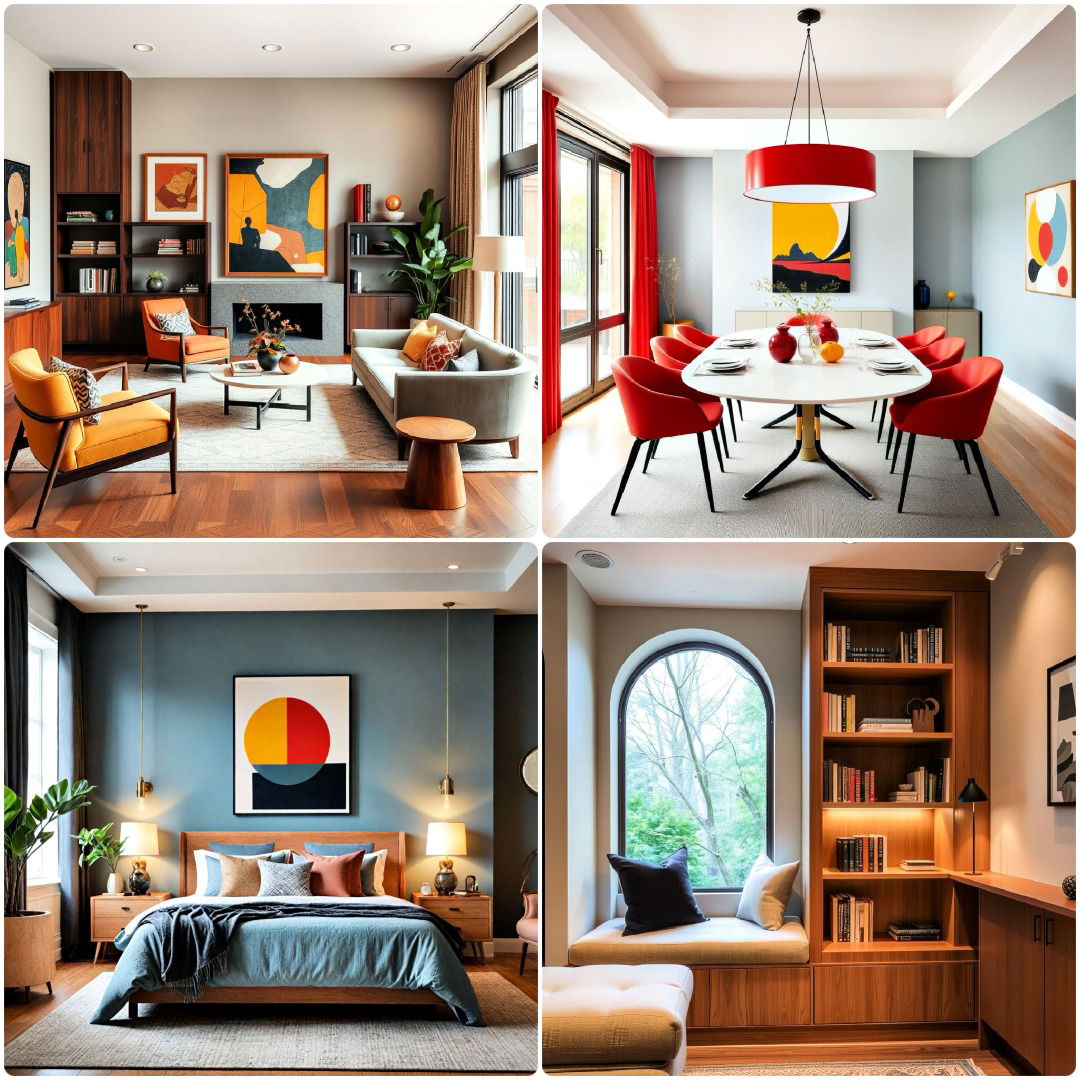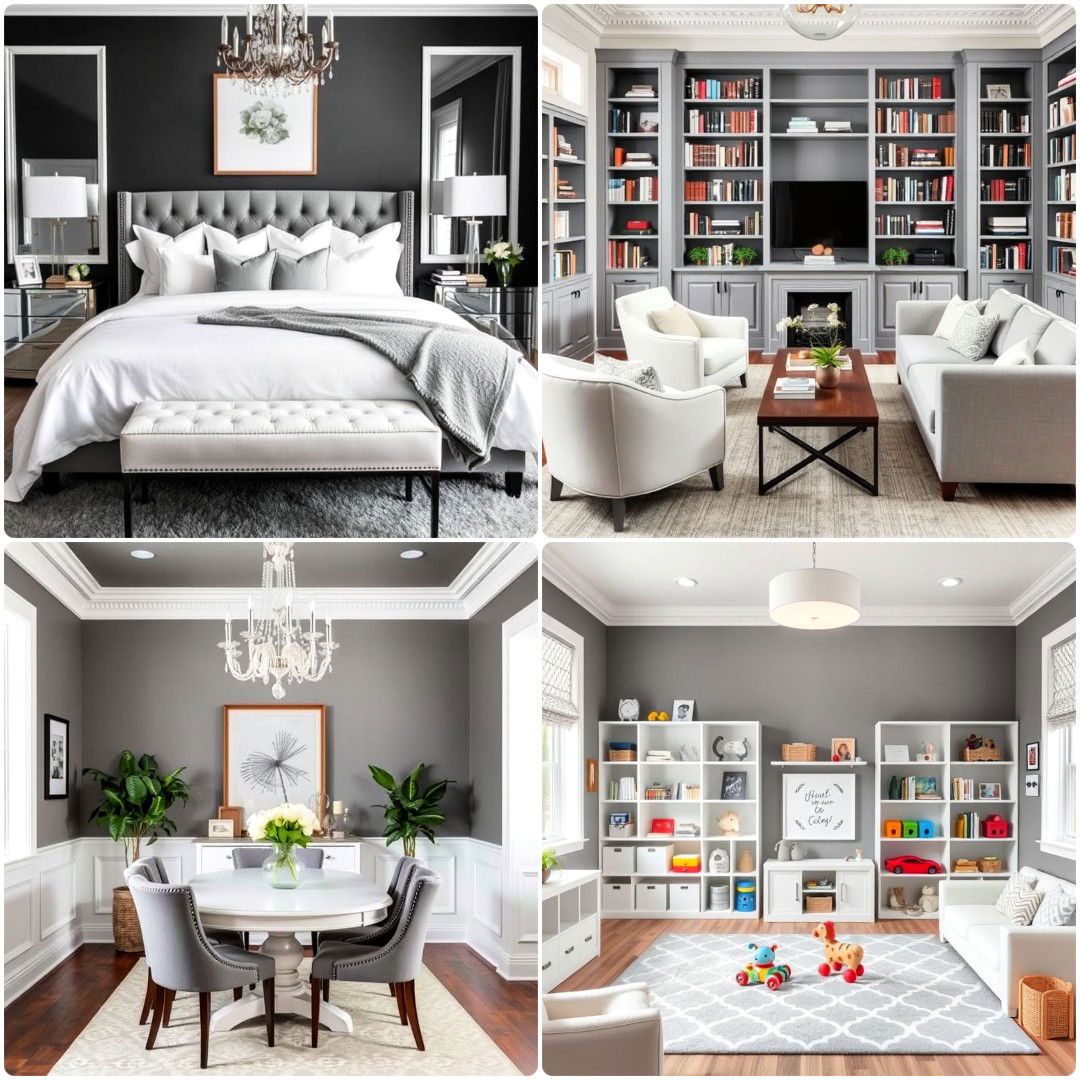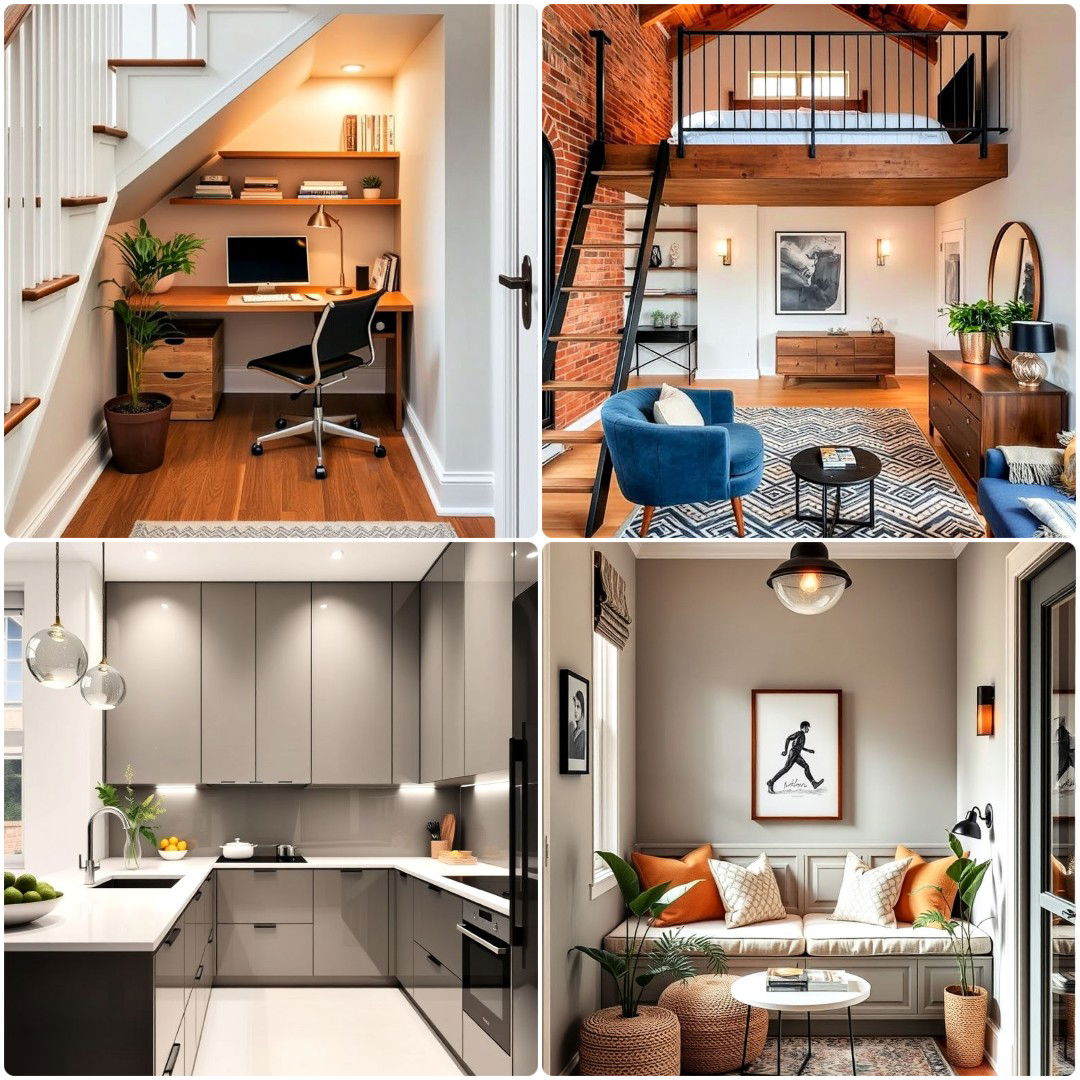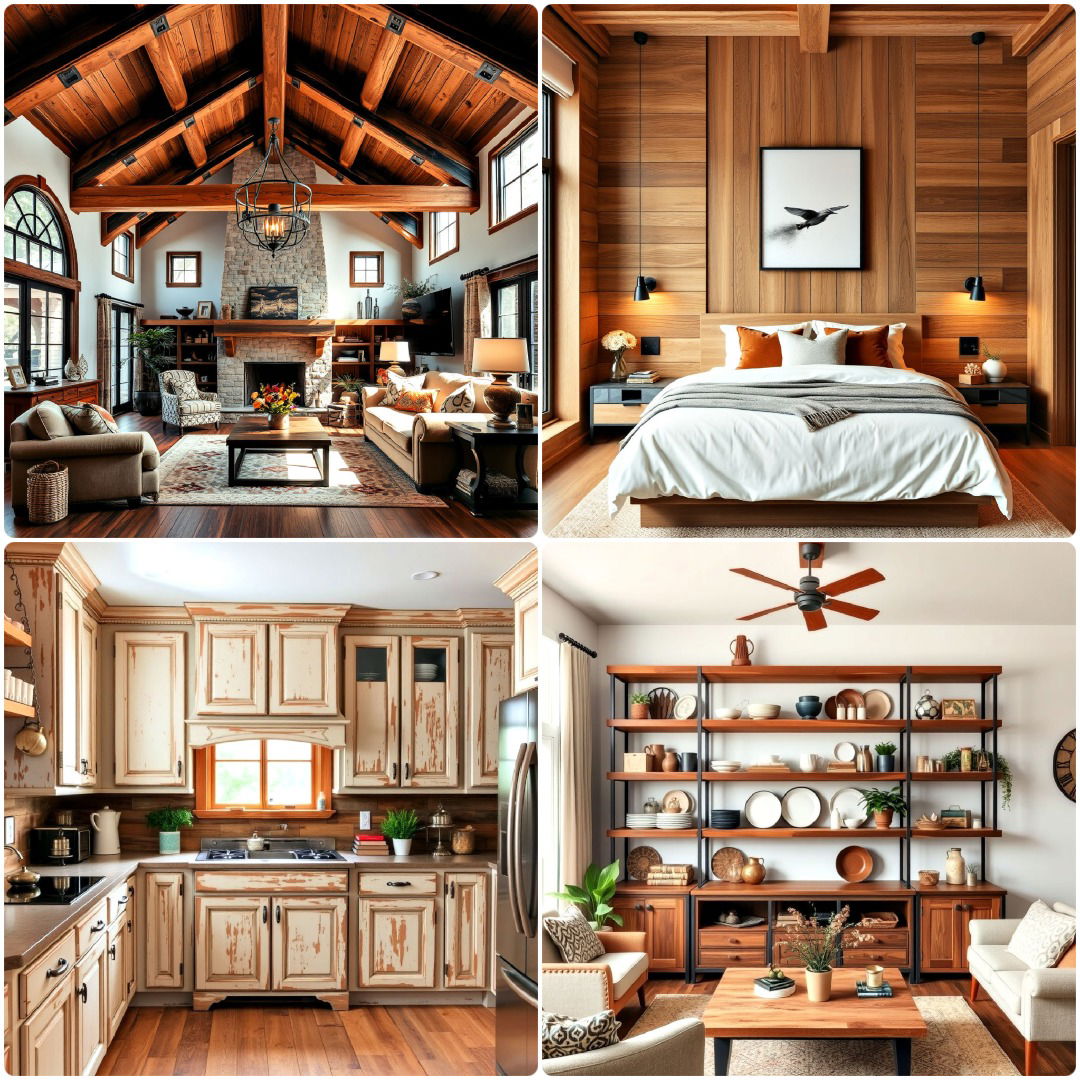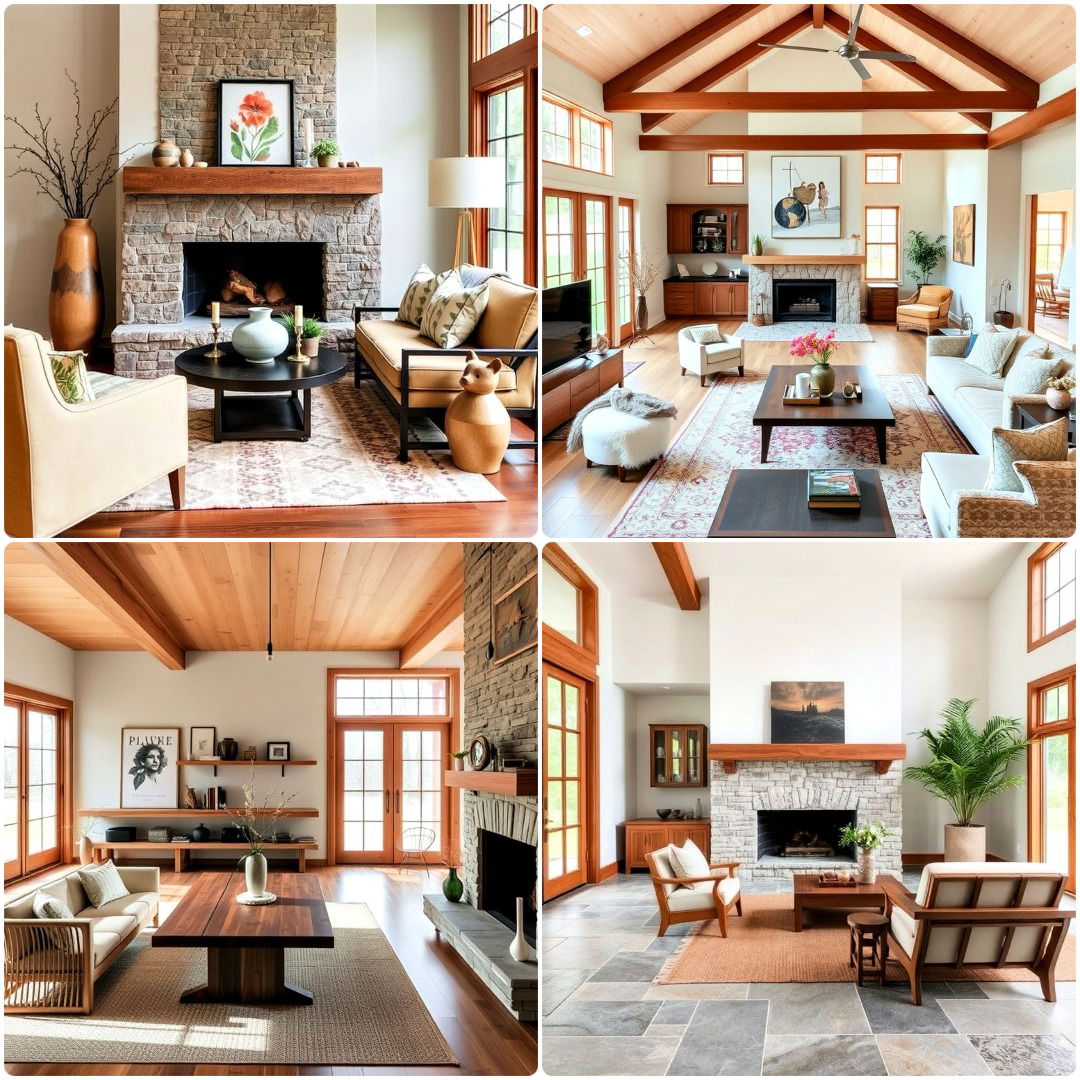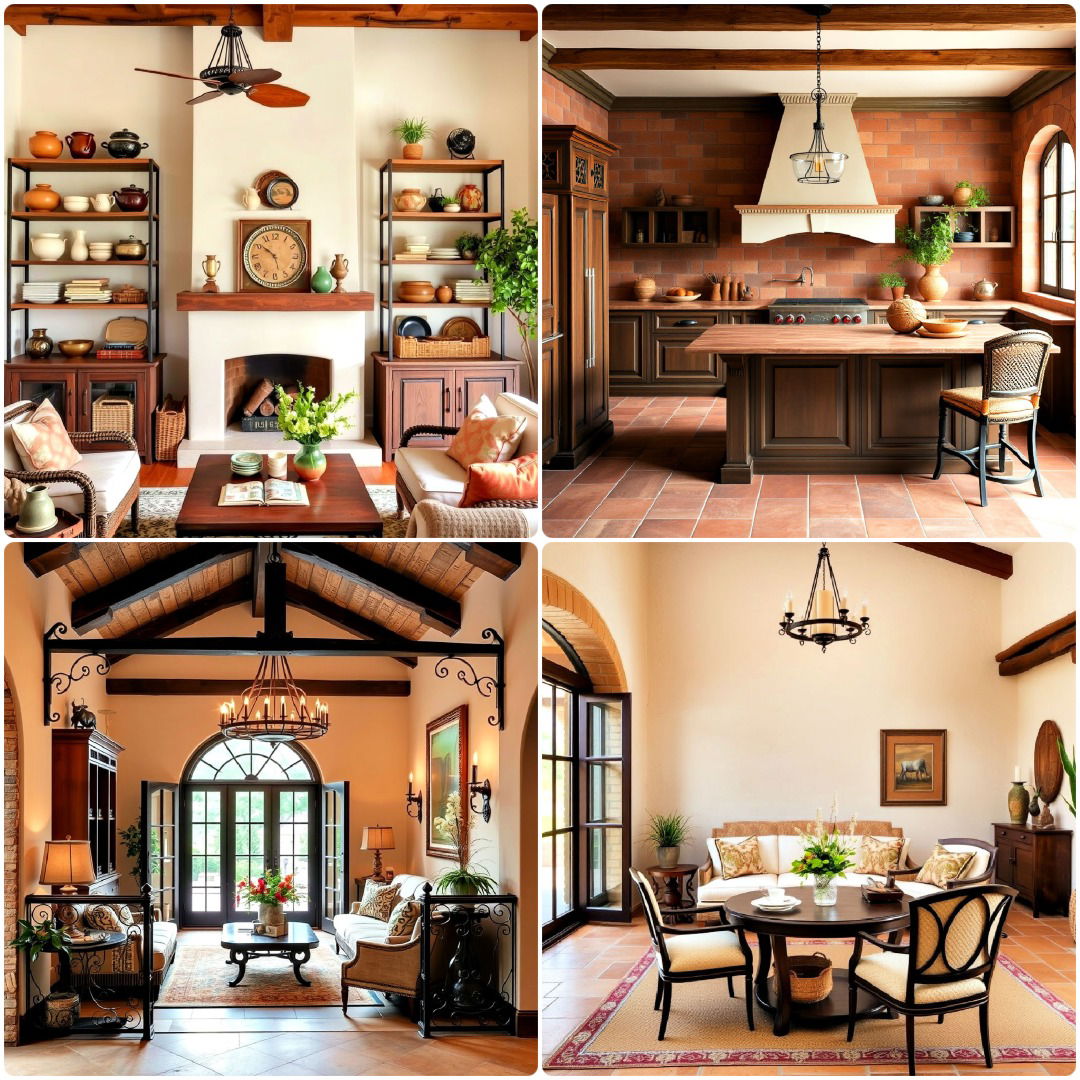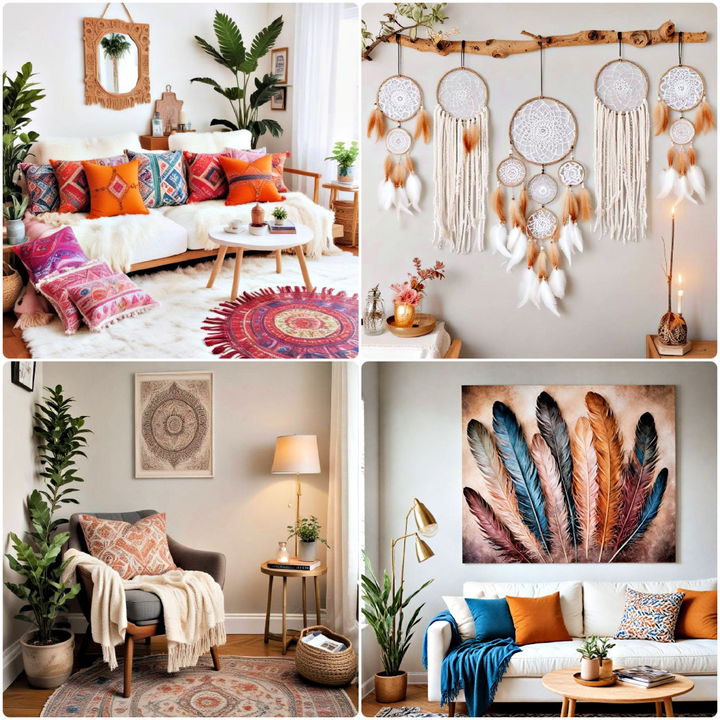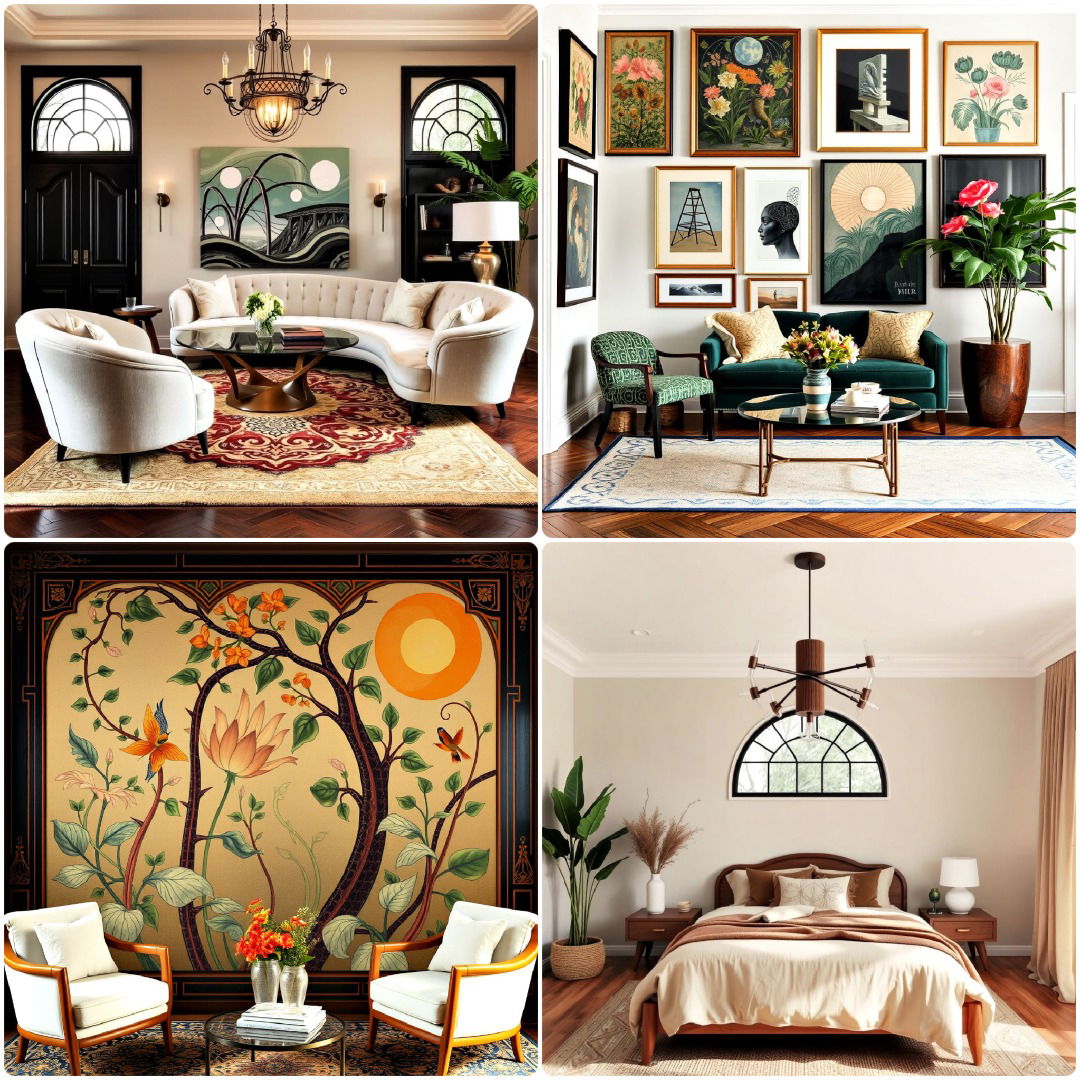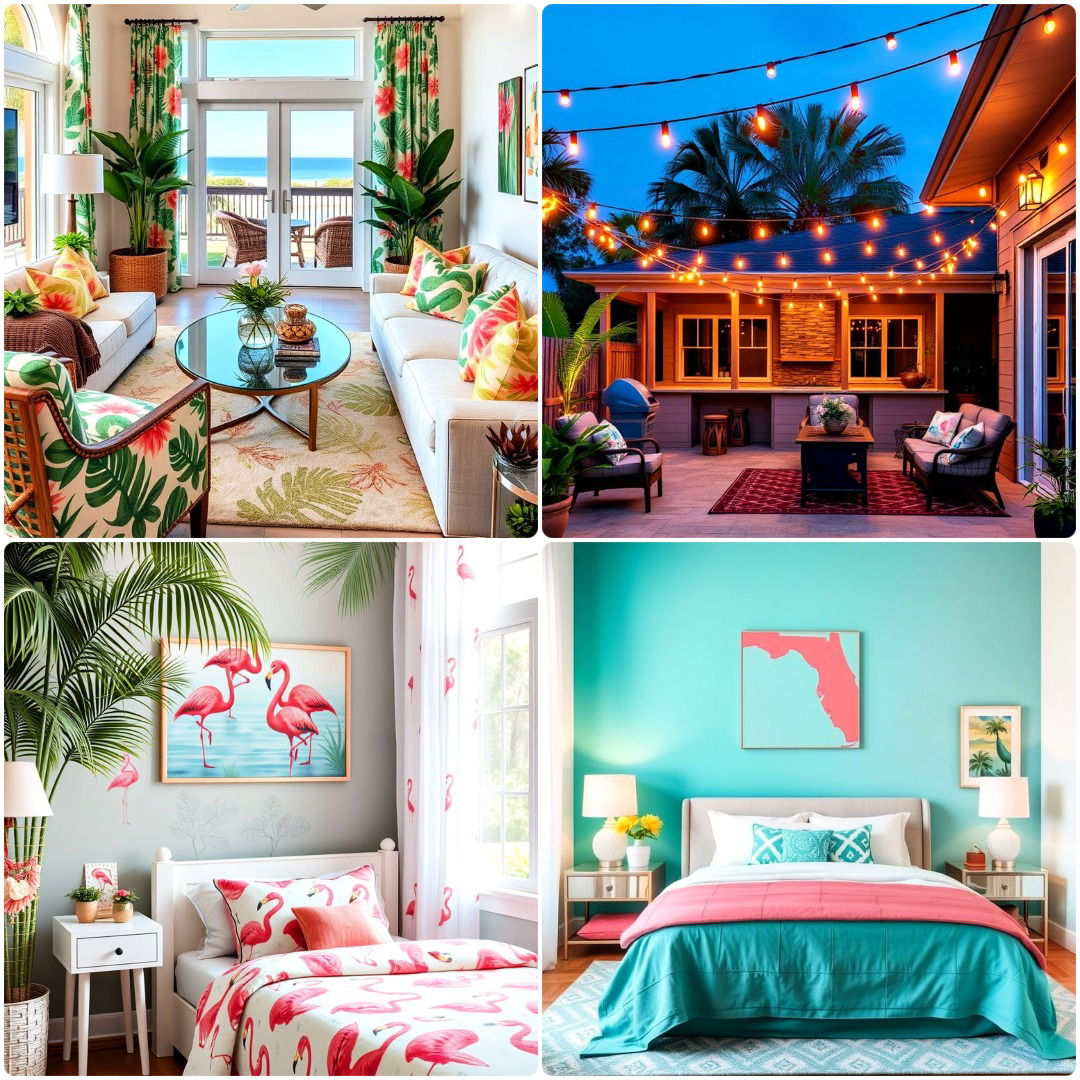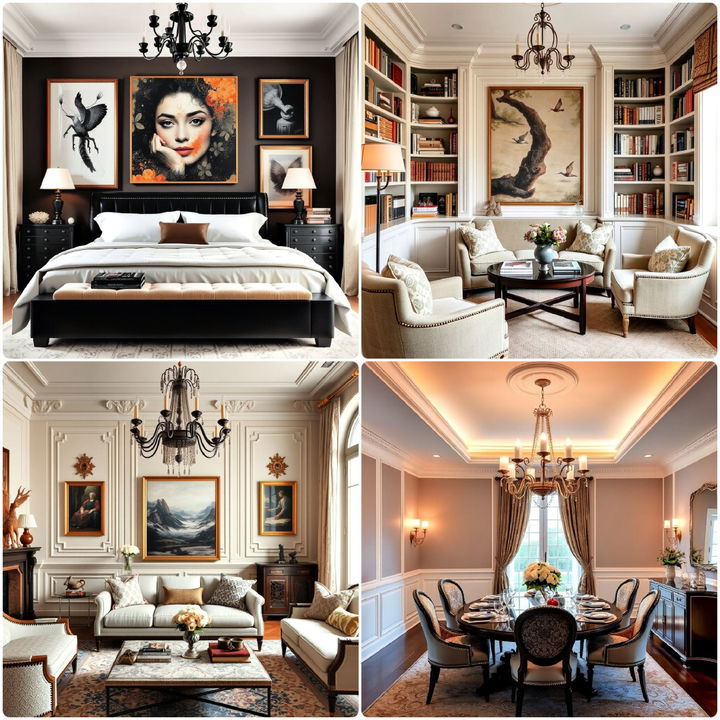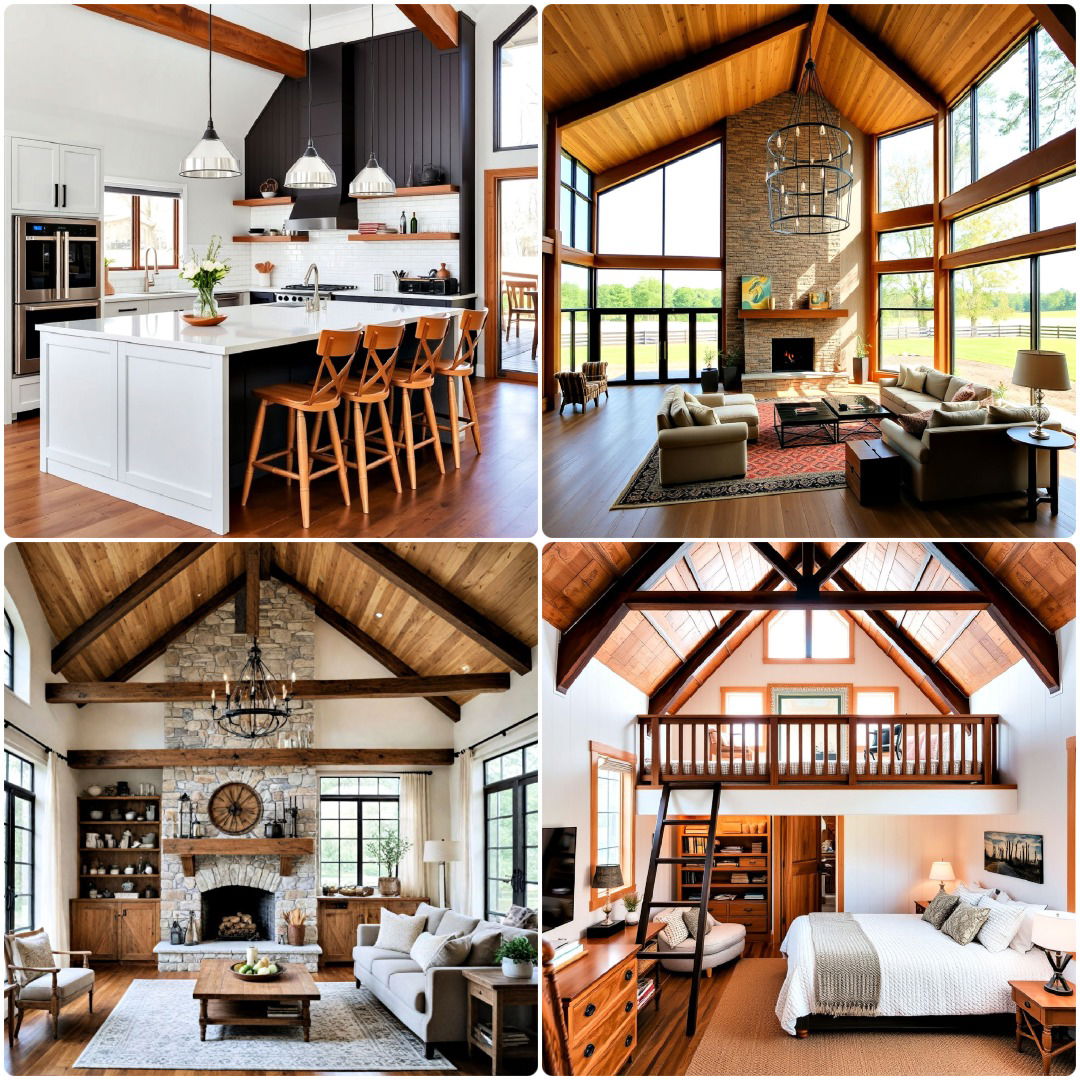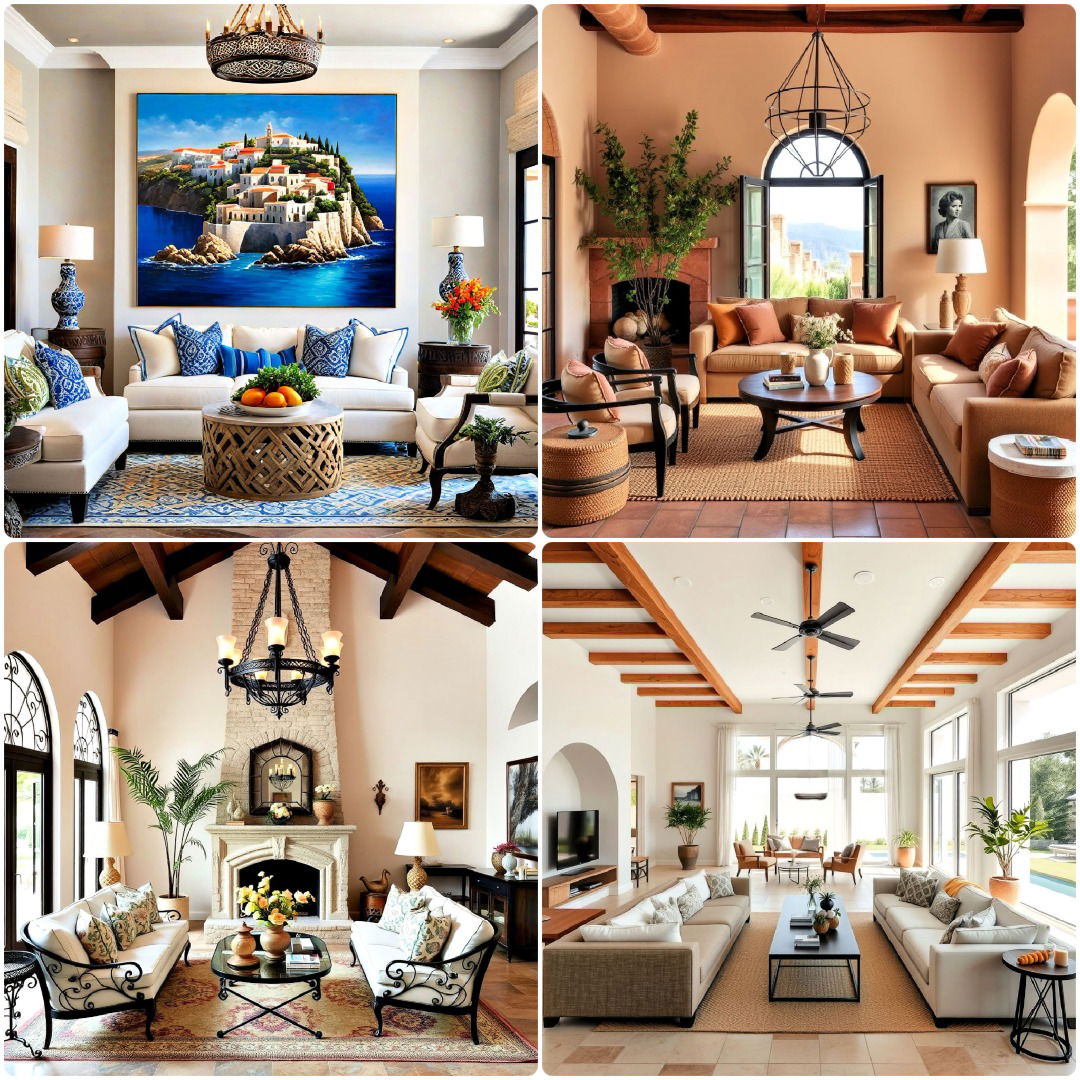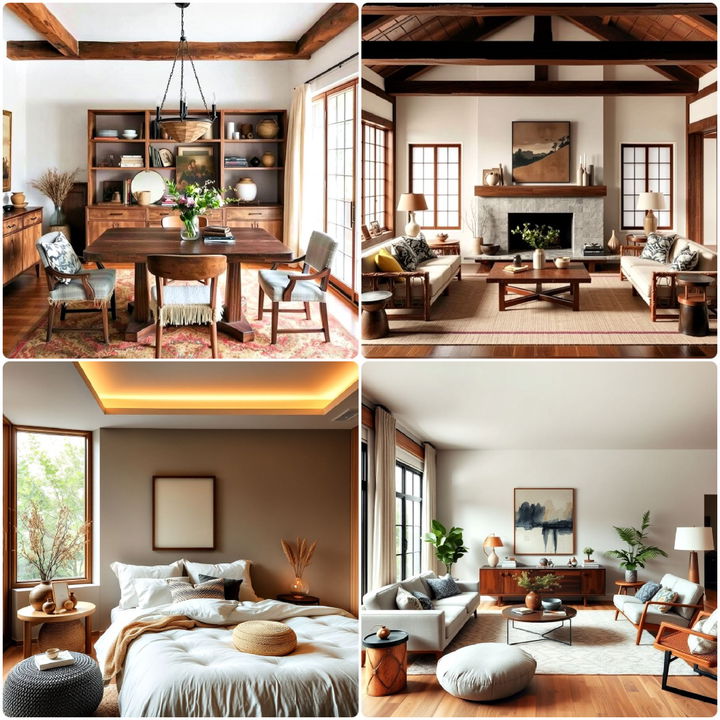Transitional interior design offers the perfect balance between timeless elegance and modern flair. It's a style that seamlessly blends traditional elements with contemporary touches, creating spaces that are both inviting and sophisticated. This article will be your guide to mastering the art of transitional design and infusing your home with its unique charm.
By embracing transitional design, you'll create a home that transcends fleeting trends and stands the test of time. You'll enjoy the warmth and familiarity of classic design elements while incorporating modern touches that keep your spaces feeling fresh and relevant. The result is a home that is both comfortable and stylish, a reflection of your personal taste and appreciation for enduring design.
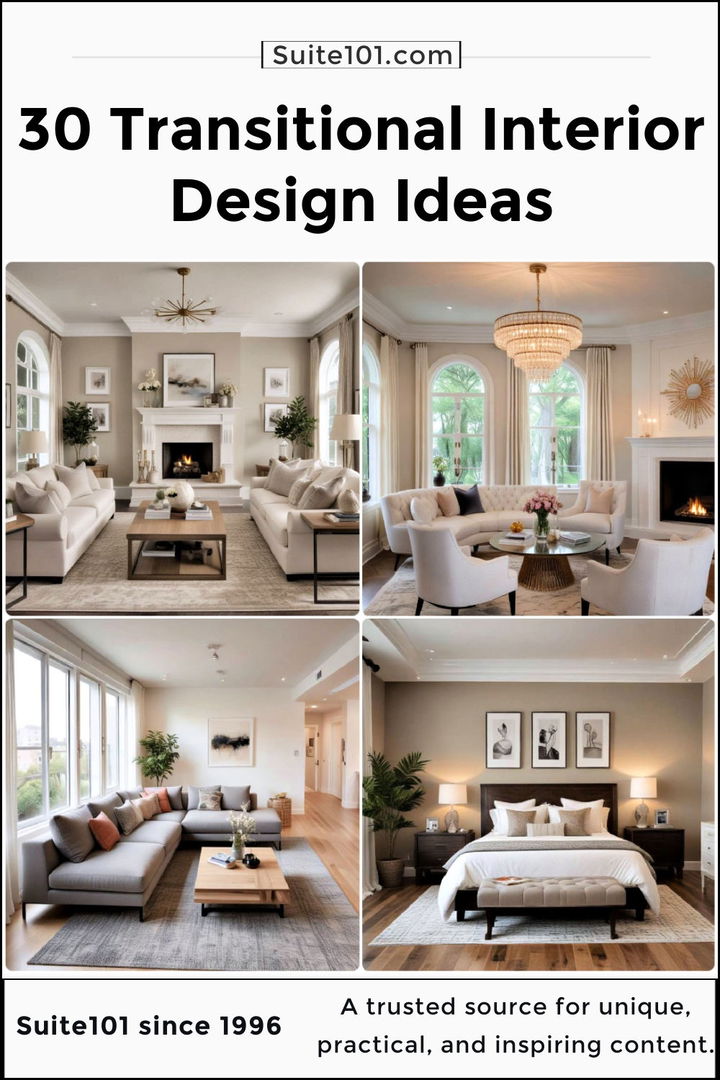
Find these 30 charming transitional Interior design ideas, showcasing how to achieve this harmonious balance in every room of your house. From color palettes and furniture choices to lighting and accessories, we'll explore the key elements that define transitional design and provide practical tips for incorporating them into your own home. Get ready to discover the beauty of blending old and new, and create a space that is truly timeless.
1. Neutral Color Palette
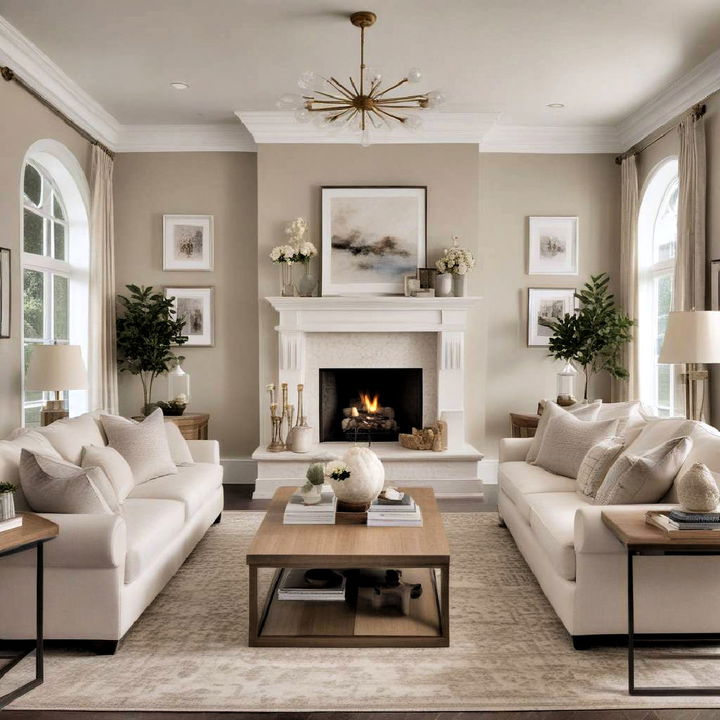
Embrace a neutral color palette as the backbone of your transitional design. This choice balances modern and classic elements, creating a serene atmosphere. It also provides a versatile backdrop for diverse styles and accents, making it easier to update and refresh your space.
2. Softened Lines
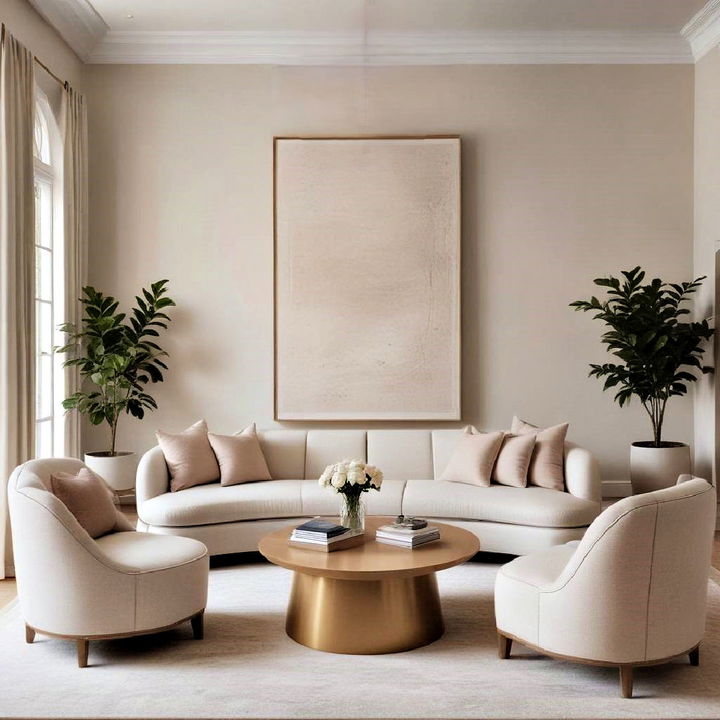
Use softened lines in furniture and decor to create a gentle, inviting ambiance. Rounded edges and curved forms add a touch of elegance and comfort. These shapes provide a contrast to sharper architectural lines, enhancing the overall aesthetic harmony.
3. Statement Lighting
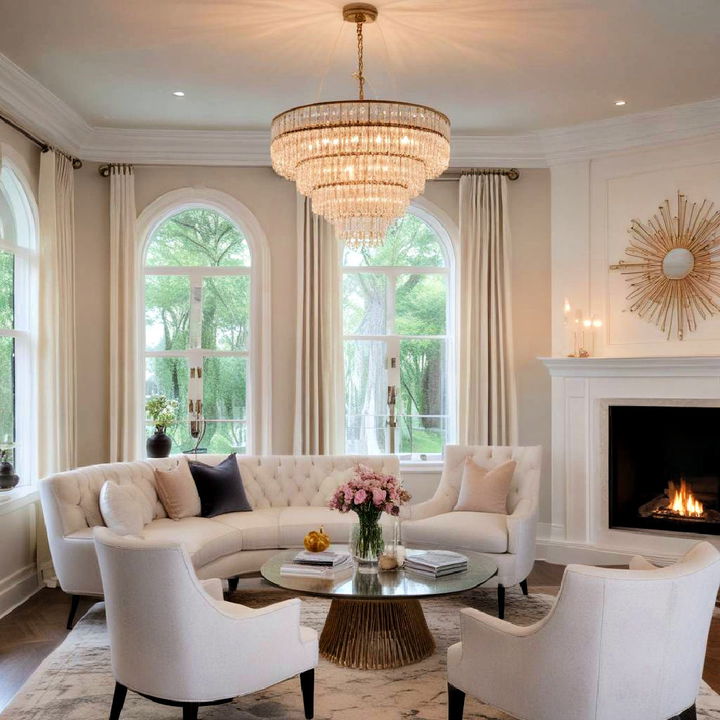
Discover the beauty of transitional interior design that blends traditional and modern elements seamlessly. Select bold lighting fixtures to act as focal points in your rooms. Whether it's a grand chandelier or modern pendant lights, statement pieces can tie the room together. Proper lighting not only enhances functionality but also adds aesthetic value.
4. Minimalist Furniture
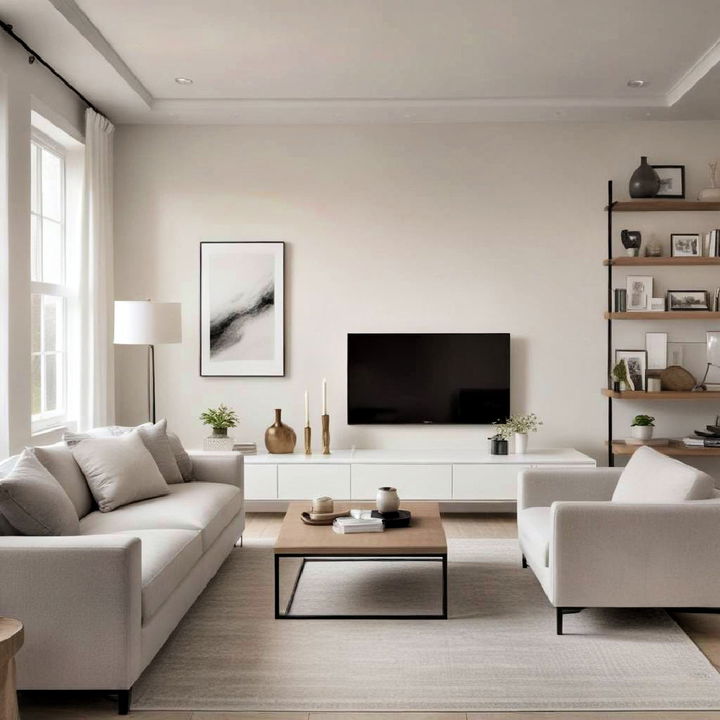
Opt for furniture with clean lines and sleek designs. Minimalist pieces prevent the space from feeling cluttered and allow other elements to shine. They offer both style and functionality, fitting seamlessly into a transitional setting.
5. Natural Elements

Incorporate natural elements like plants, stone, and wood. These features bring warmth and texture into your interiors, making the space feel inviting. Additionally, natural elements often provide a calming effect, enhancing overall comfort.
6. Artful Décor
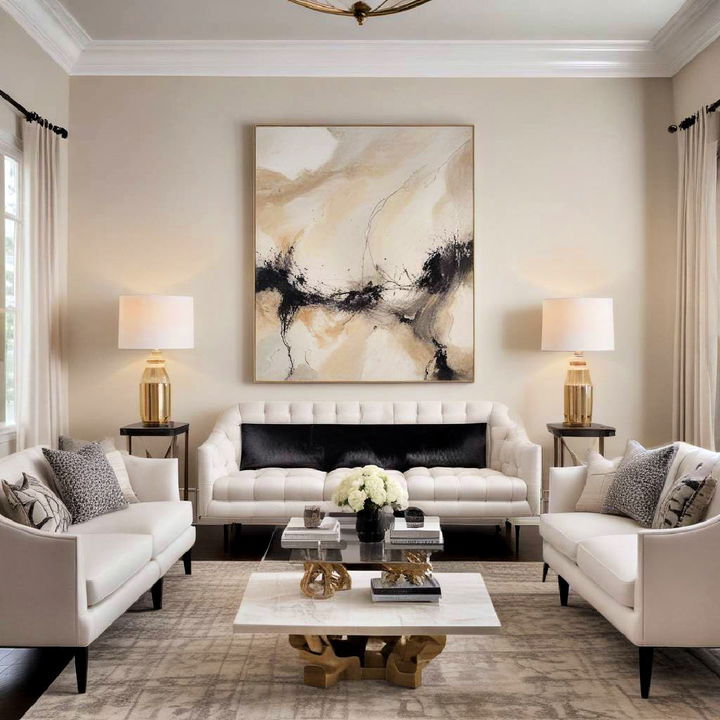
Include art pieces that bridge traditional and contemporary styles. Artwork can infuse personality into your design, reflecting your unique taste. Whether it's a classic painting or modern sculpture, carefully chosen, art adds depth and character to your space.
7. Functional Layout
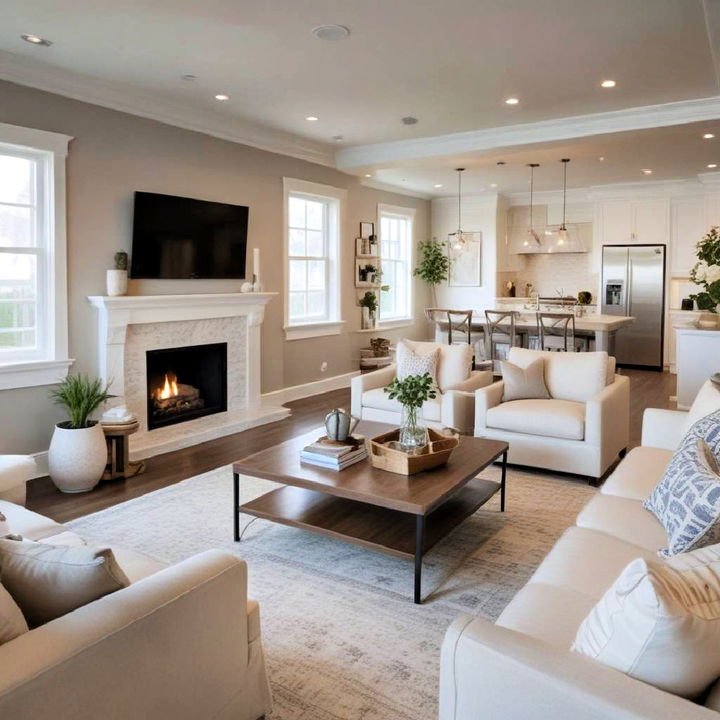
Design a layout that prioritizes both form and function. A well-planned arrangement increases efficiency and ease of movement. Focus on creating spaces that serve practical needs while maintaining aesthetic harmony.
8. Upholstered Furniture
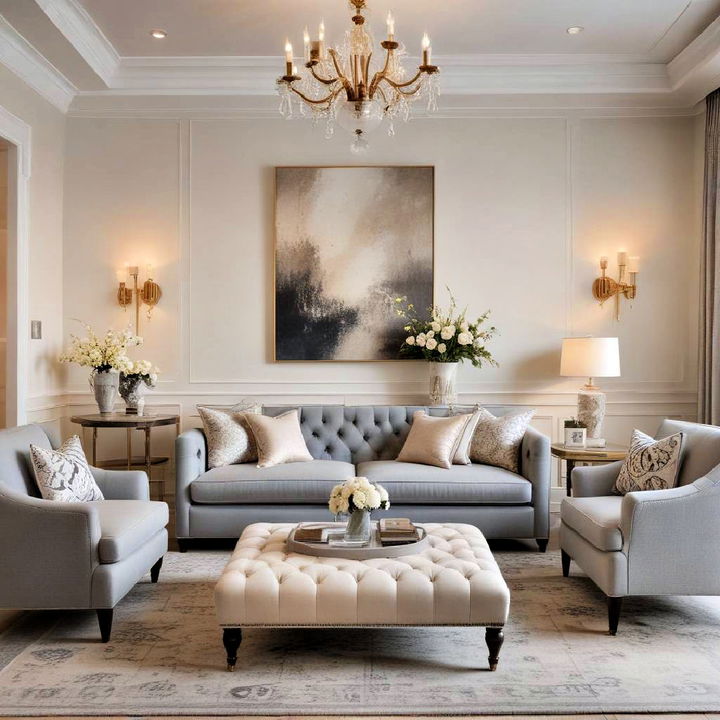
Enhance your space with stylish transitional home decor that offers a perfect balance between classic and contemporary. Choose upholstered furniture for added comfort and luxury. Sofas, chairs, and benches with plush fabrics offer a cozy feel. High-quality upholstery also adds a layer of sophistication, enhancing the overall elegance of your interiors.
9. Accent Walls
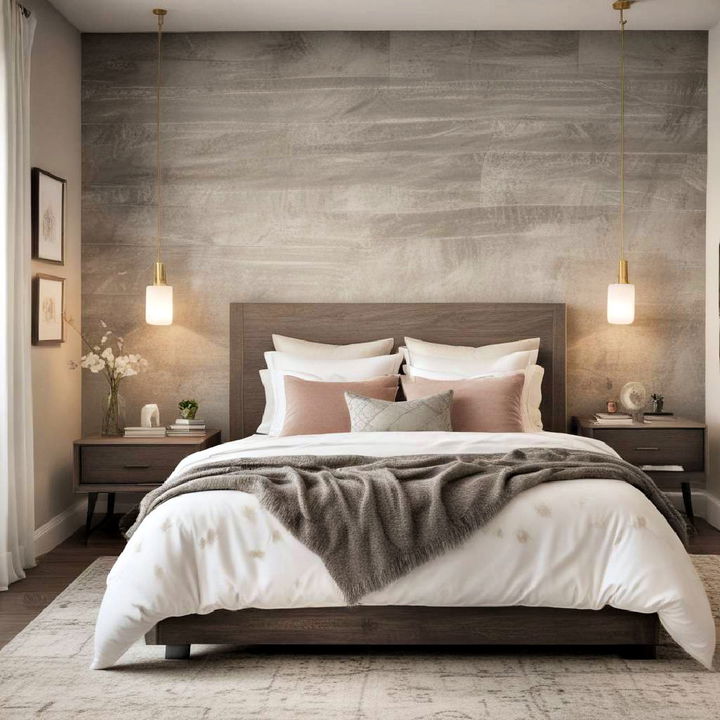
Use accent walls to provide a distinctive flair without overwhelming the space. A thoughtfully chosen color or textured wall can highlight a particular area. This approach creates a focal point that draws the eye and adds interest.
10. Open Spaces
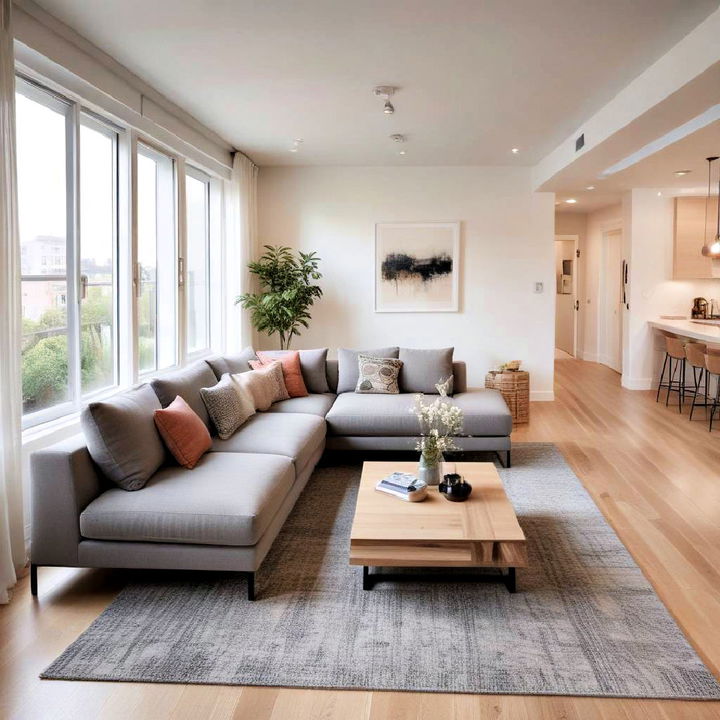
Maintain an open and airy environment by minimizing barriers between rooms. Open spaces facilitate social interactions and provide a sense of expansiveness. This layout also maximizes natural light, making your home feel bright and welcoming.
11. Vintage Accents
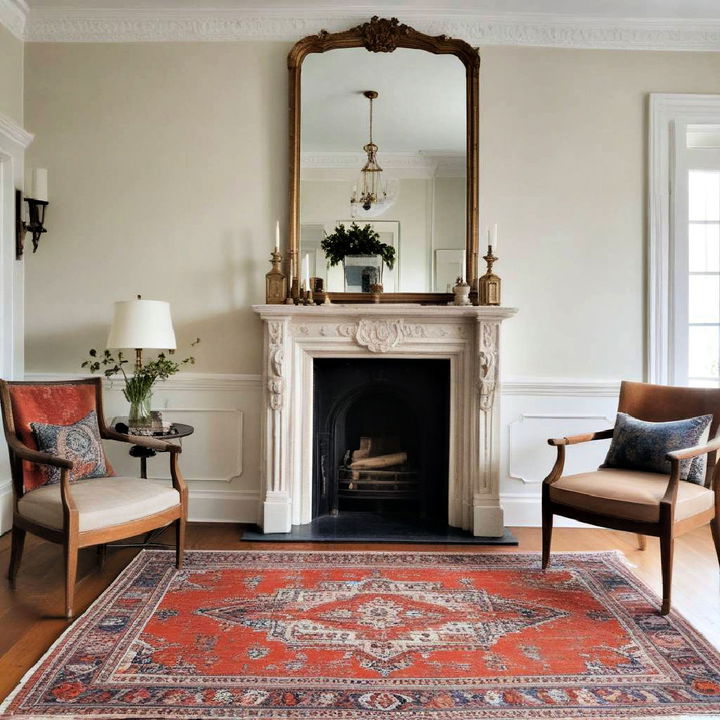
Integrate vintage accents to add a touch of nostalgia and charm. Items like antique mirrors, classic rugs, or heirloom pieces can enrich the narrative of your space. These elements provide character and a sense of history, seamlessly blending old and new.
12. Built-In Storage
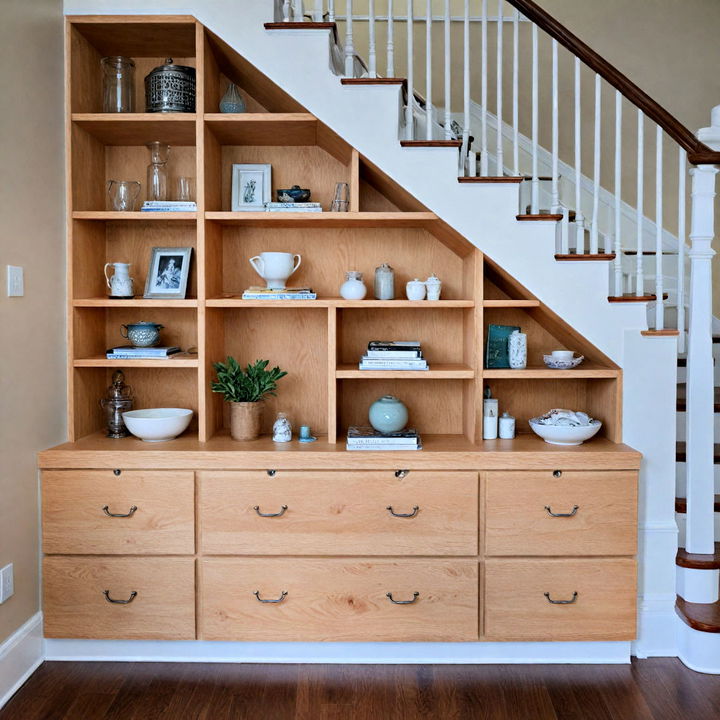
Implement built-in storage to keep your interiors organized and clutter-free. From custom cabinets to under-stair shelving, efficient storage solutions help maintain a clean look. This approach also maximizes usable space, enhancing both aesthetics and functionality.
13. Layered Textiles
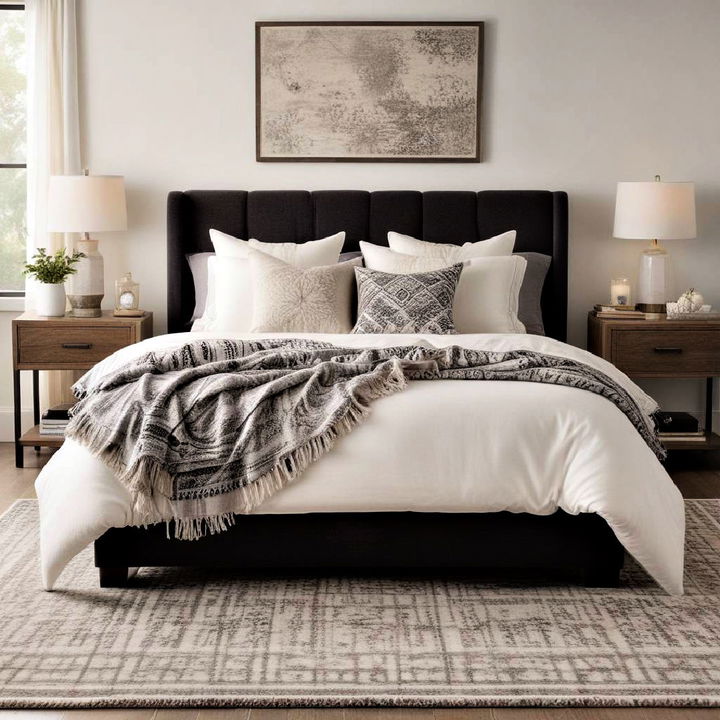
Introduce layered textiles such as throws, pillows, and rugs to add comfort and depth. Mixing different patterns and textures can create a rich, inviting atmosphere. Textiles offer an easy way to switch up your decor based on seasons or trends.
14. Multi-Functional Furniture
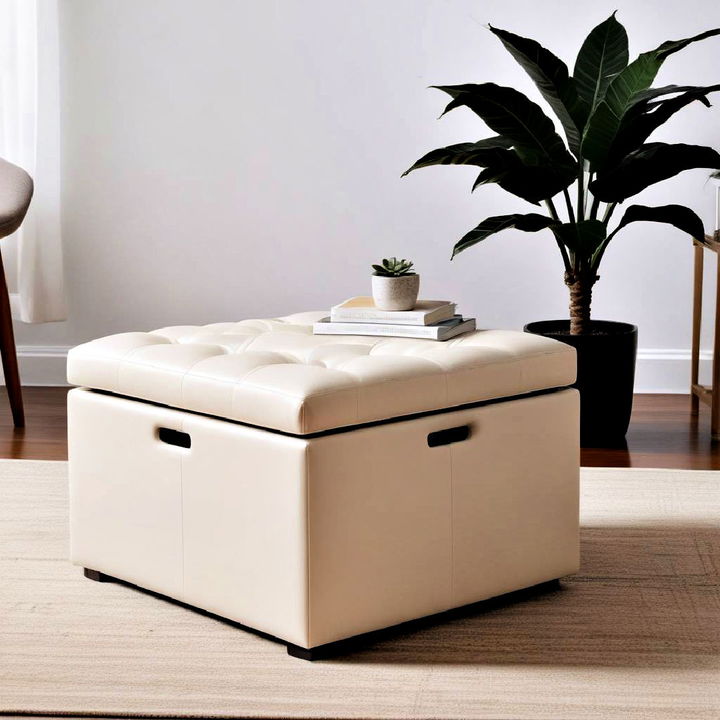
Opt for multi-functional furniture to maximize space and utility. Pieces like sofa beds or storage ottomans provide extra functionality without sacrificing style. These practical choices are particularly useful in smaller spaces, offering flexibility and convenience.
15. Symmetrical Arrangements
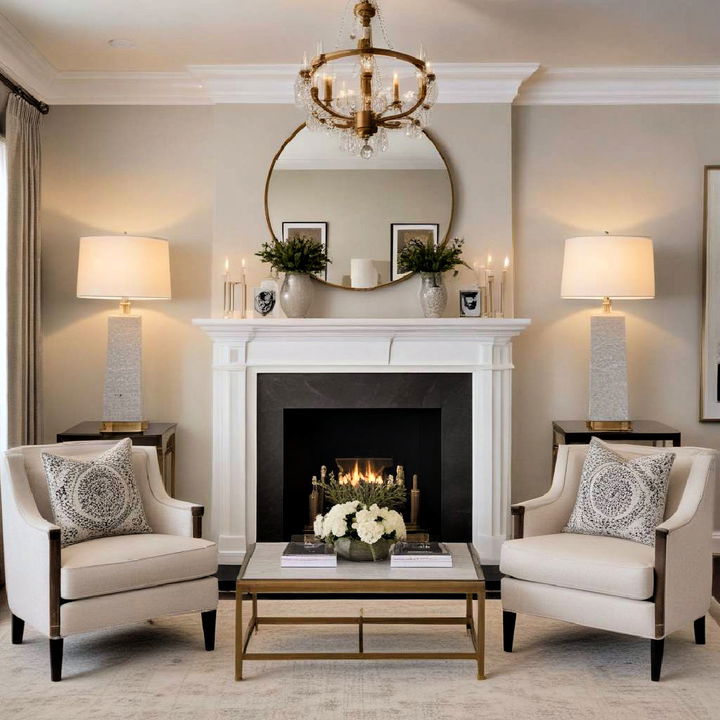
Create a welcoming atmosphere in your transitional style home with elegant designs and practical solutions. Consider symmetrical arrangements for a balanced, cohesive look. Pair items like lamps, chairs, or art pieces on either side of a focal point. This method creates a sense of order and harmony, making your interiors more visually pleasing.
16. Personal Touches

Incorporate personal touches to make the space uniquely yours. Family photos, travel souvenirs, or handcrafted items add a layer of individuality. These personal elements create a homey atmosphere, reflecting your stories and experiences.
17. Warm Wood Tones
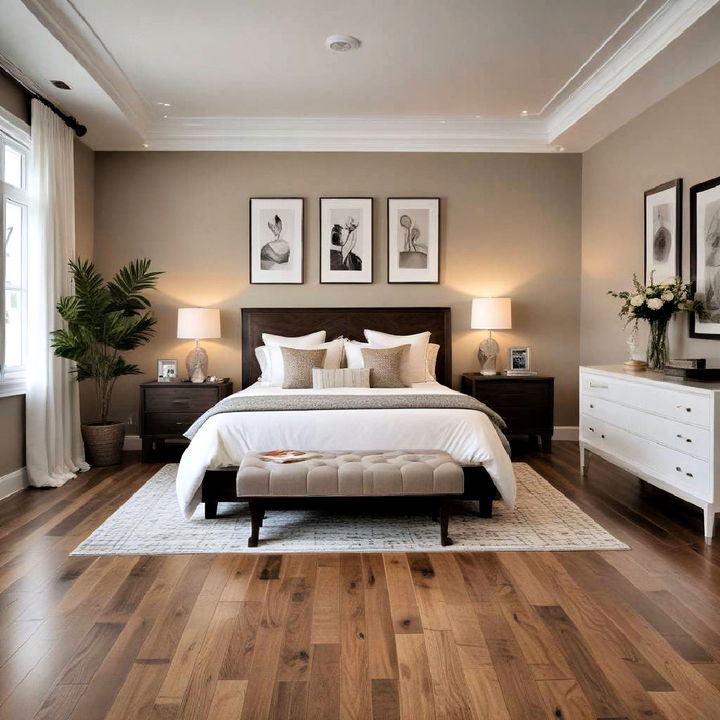
Utilize warm wood tones to bring warmth and coziness to your interiors. Wood elements, whether in furniture or flooring, offer natural beauty and durability. Different finishes and grains can enhance the tactile and visual appeal of your space.
18. Transitional Patterns
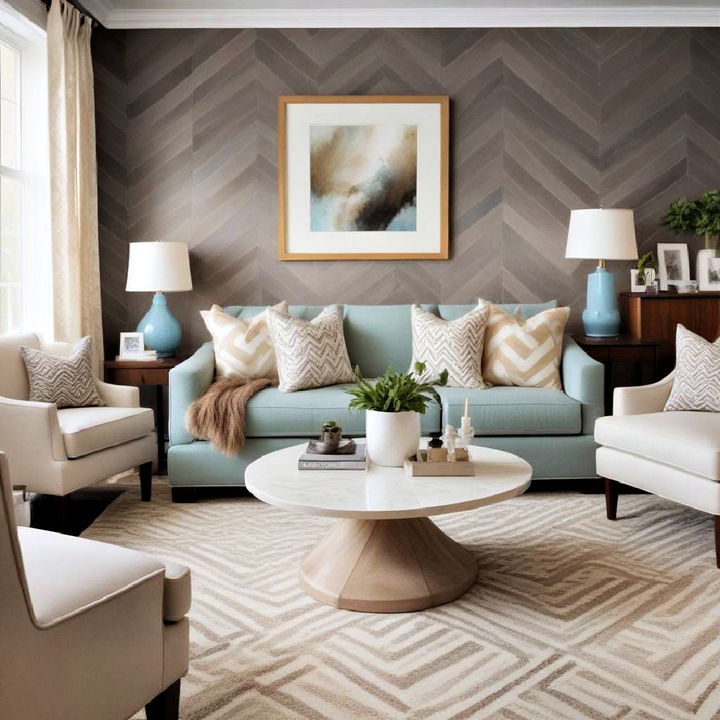
Mix classic and contemporary patterns for a balanced, stylish look. Houndstooth, chevrons, and geometric designs can coexist harmoniously in a transitional setting. These patterns inject energy and interest while still maintaining a unified theme.
19. Frameless Mirrors

Add frameless mirrors to make spaces feel larger and more open. Mirrors reflect light and create the illusion of depth, enhancing the spaciousness. They also serve as elegant decor elements, adding a modern touch to any room.
20. Grayscale Photography
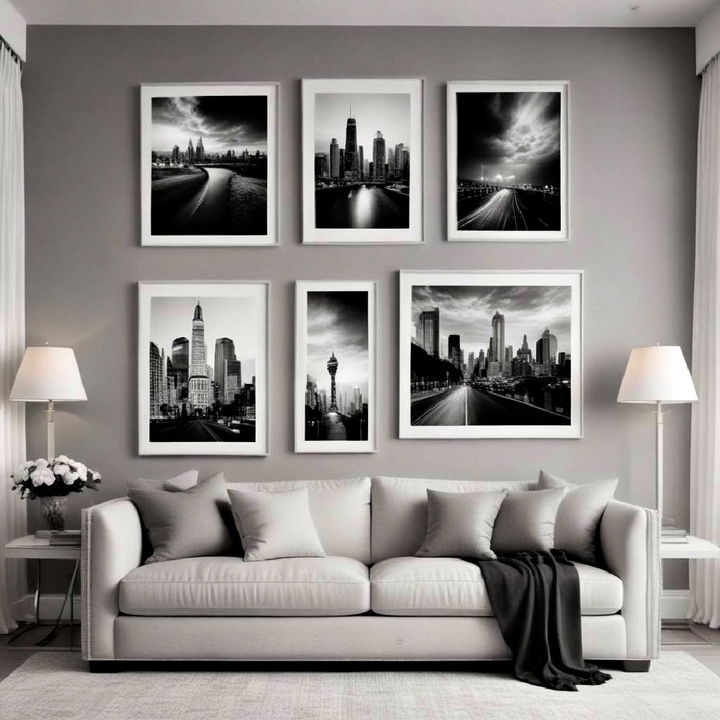
Adorn your walls with grayscale photography for a timeless, sophisticated look. Black-and-white images add an artistic flair and are versatile enough to fit any style. They provide a neutral yet striking visual interest, complementing other design elements effortlessly.
21. Custom Millwork
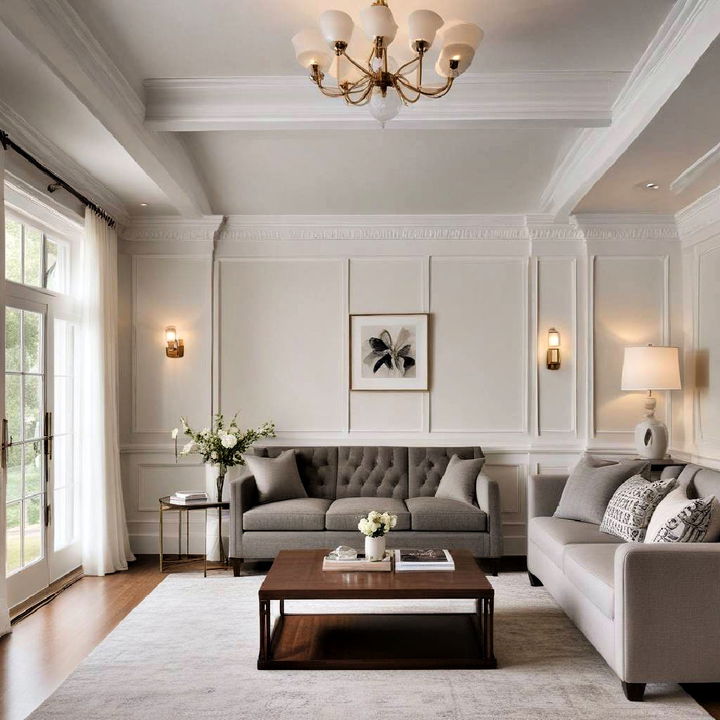
Install custom millwork such as wainscoting or crown molding to elevate the architectural detail of your space. These elements add depth and refinement, seamlessly blending traditional craftsmanship with modern design. Custom millwork also enhances the structural aesthetics, making your interiors more engaging.
22. Simple Window Treatments
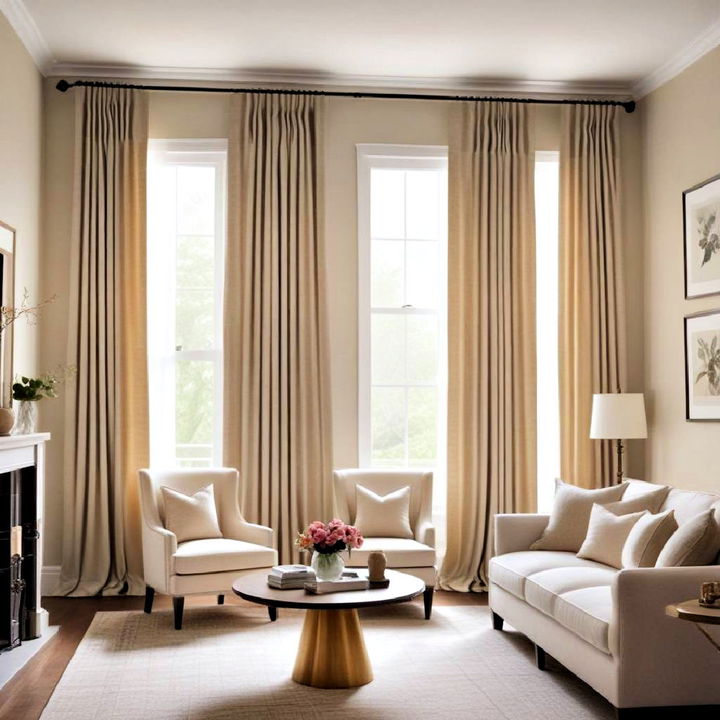
Explore the allure of transitional interior design style that harmonizes comfort and sophistication in any room. Choose simple window treatments for a clean, unobtrusive look. Drapes, blinds, or shades in neutral tones allow natural light to flow while providing privacy. These treatments complement the broader design without overpowering other elements.
23. Subtle Patterns

Incorporate subtle patterns in fabrics and wallpapers for understated elegance. Gentle prints like tone-on-tone stripes or delicate florals add visual interest without dominating the space. This approach offers a soft touch that enriches the overall aesthetic.
24. Recessed Lighting
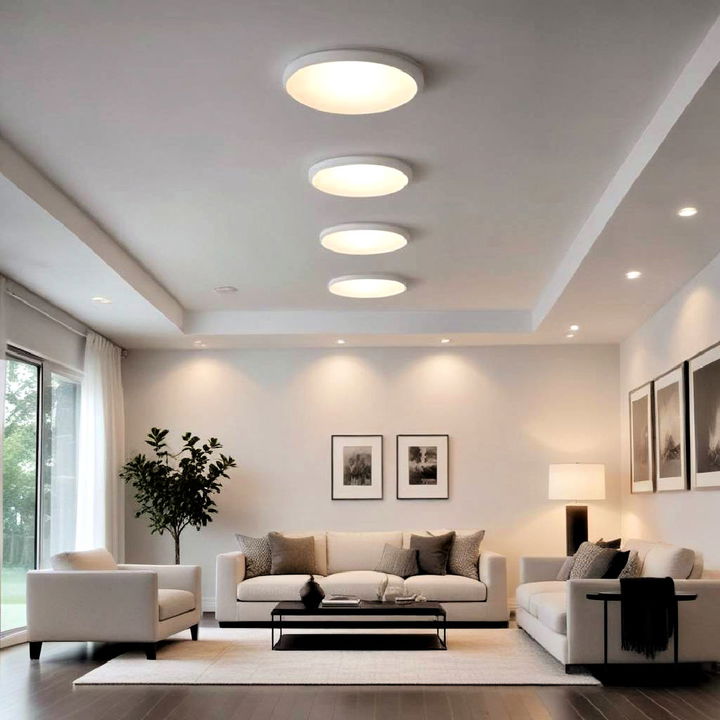
Use recessed lighting to create a streamlined, modern ambiance. These lights offer an unobtrusive illumination source, enhancing the room’s functionality and appearance. Recessed lighting creates a clean ceiling line, adding to the minimalist appeal.
25. Functional Accessories
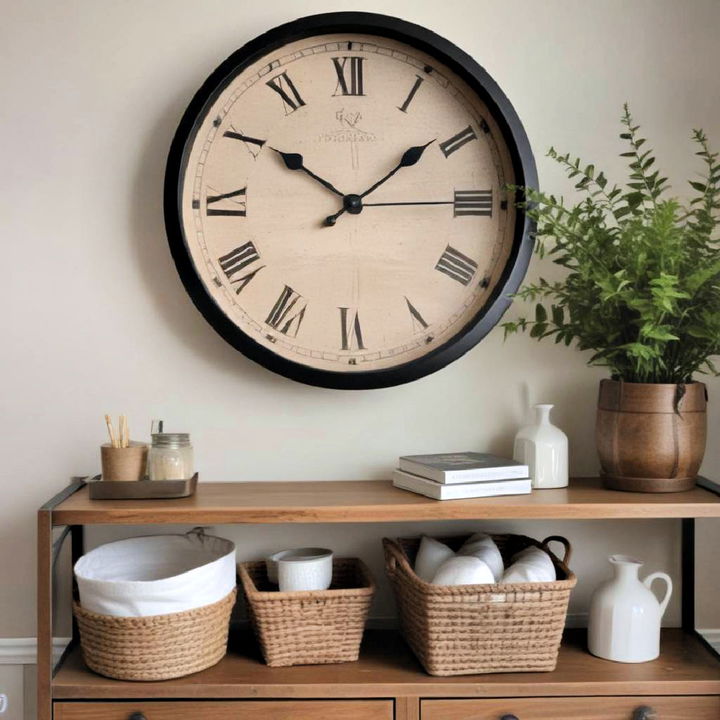
Select functional accessories like stylish clocks, trays, or baskets. These items serve practical purposes while also contributing to the decor. Well-chosen accessories can add a layer of sophistication and utility to your spaces.
26. Balanced Proportions
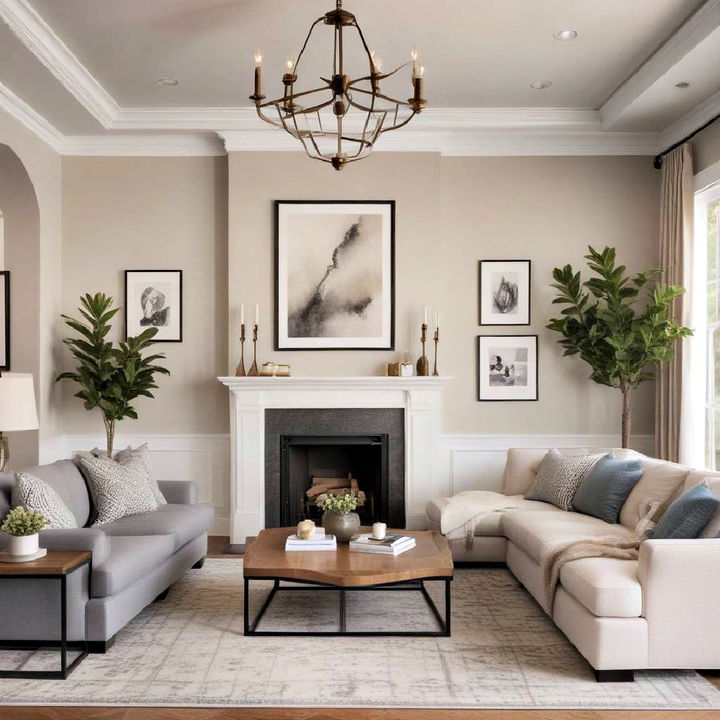
Maintain balanced proportions in your room layouts. Ensure furniture, decor, and architectural features are in harmony to create a cohesive feel. Balanced proportions enhance visual flow, making your spaces feel well-designed and inviting.
27. Monochromatic Schemes
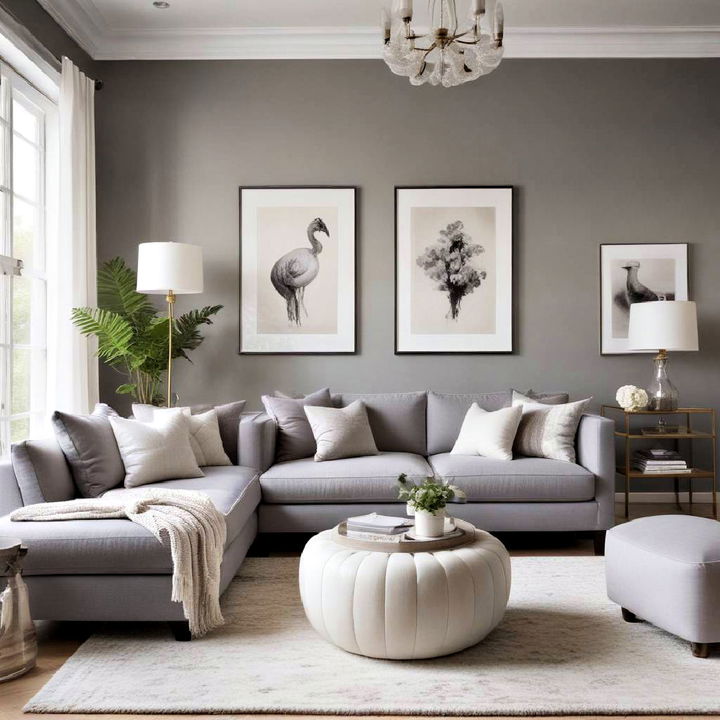
Experiment with monochromatic color schemes for a unified look. Varying shades of a single color can add depth and interest without complexity. This approach creates a soothing, cohesive environment, perfect for a transitional design.
28. Indoor-Outdoor Fusion
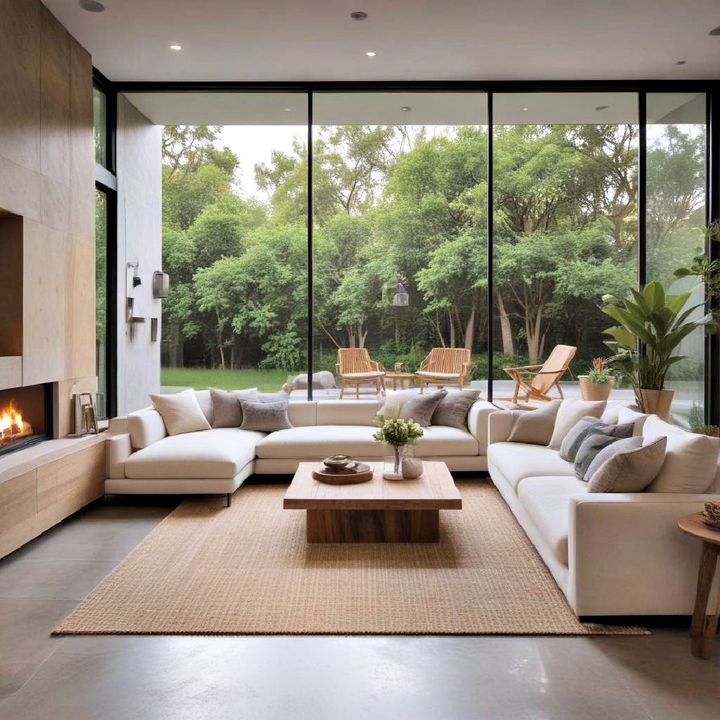
Blend indoor and outdoor living spaces for a seamless transition. Large windows, sliding doors, or natural materials can connect your interior with the exterior. This fusion brings freshness and continuity, making your home feel expansive and integrated with nature.
29. Open Shelving
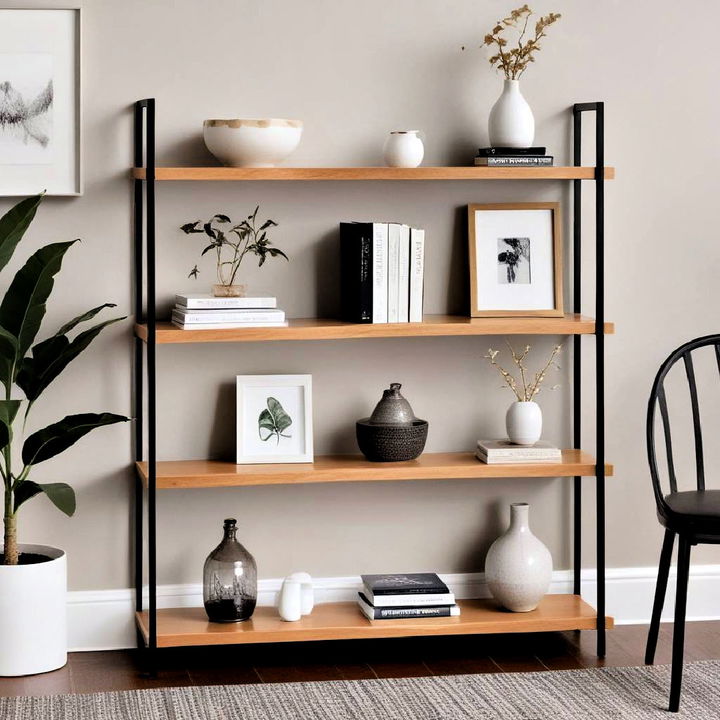
Transform your living space with versatile transitional furniture style that complements both classic and modern aesthetics. Incorporate open shelving to display curated items and keep essentials accessible. Open shelves offer an opportunity to showcase decorative pieces while also serving functional purposes. This design choice creates an airy, open feel in kitchens, living rooms, or bathrooms.
30. Mixed Materials
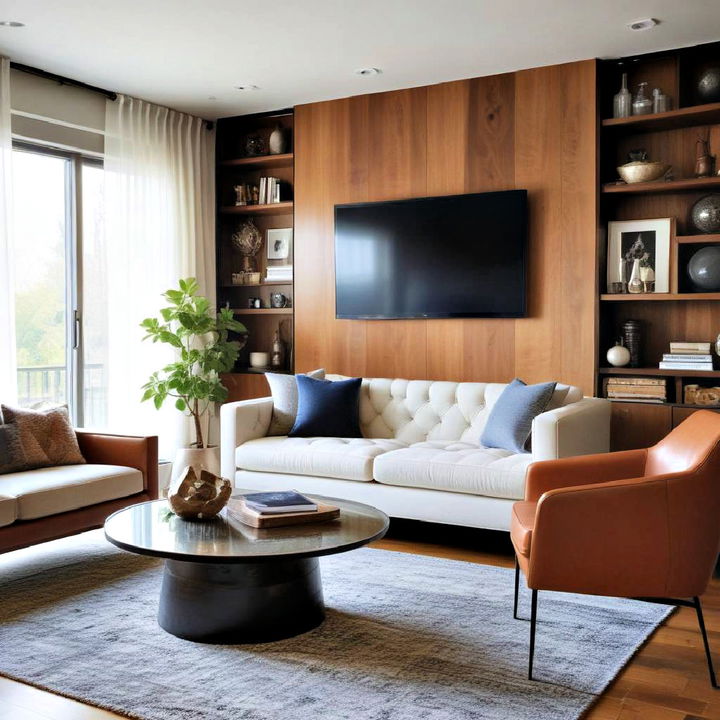
Blend various materials like wood, metal, and glass harmoniously. This combination adds depth and interest to your rooms, creating a dynamic look. Using a mix of textures also enhances the visual appeal, making each area feel distinct yet cohesive.
Conclusion:
Transitional interior design is the key to creating a home that is both stylish and enduring. By blending classic elements with contemporary touches, you can achieve a space that feels fresh and inviting for years to come. Embrace the warmth of traditional design while incorporating modern accents that reflect your personal style.
Key Points to Remember:
- Balance is Key: Strive for a harmonious blend of classic and contemporary elements.
- Neutral Foundation: Start with a neutral color palette and layer in pops of color and texture.
- Curved Lines and Clean Lines: Mix furniture and decor with both soft curves and sharp angles.
- Natural Materials: Incorporate wood, stone, and other natural materials for warmth and texture.
- Statement Lighting: Choose lighting fixtures that add a touch of drama and elegance.
- Luxurious Textiles: Layer in plush rugs, throws, and pillows for added comfort and sophistication.
- Personal Touches: Infuse your space with meaningful objects and artwork that reflect your personality.
What to Do Next:
- Assess Your Space: Identify areas where you can incorporate transitional design elements.
- Declutter and Simplify: Create a sense of openness by removing unnecessary items.
- Experiment with Colors and Textures: Introduce a mix of warm neutrals and bold accents.
- Invest in Timeless Pieces: Choose furniture and decor that will stand the test of time.
- Seek Inspiration: Explore design magazines, websites, and social media for transitional design ideas.
- Enjoy the Process: Embrace the journey of creating a home that is both beautiful and timeless.
Remember, transitional design is about creating a space that reflects your personal style and values. By following these key principles and incorporating the design ideas shared in this article, you'll be well on your way to a home that is both elegant and inviting. So go ahead, start experimenting, and create a space that you'll love for years to come!

